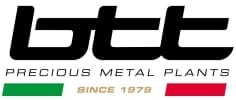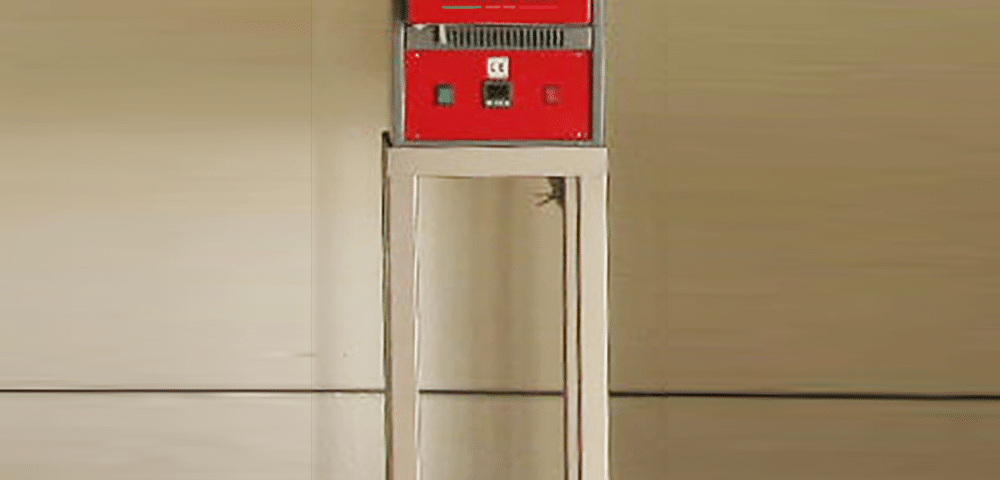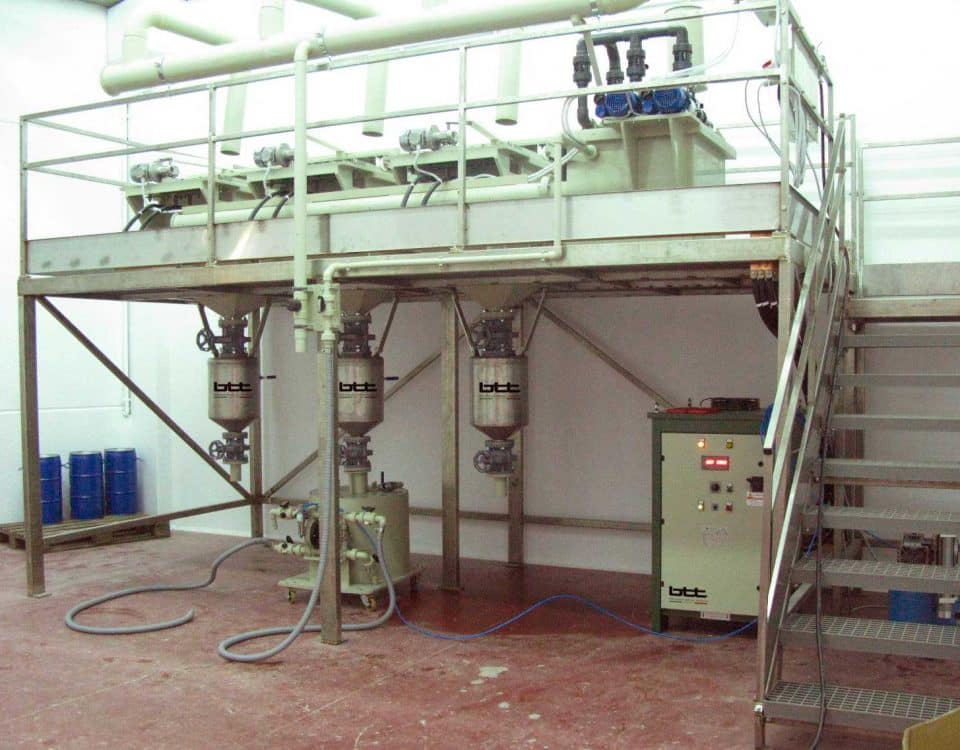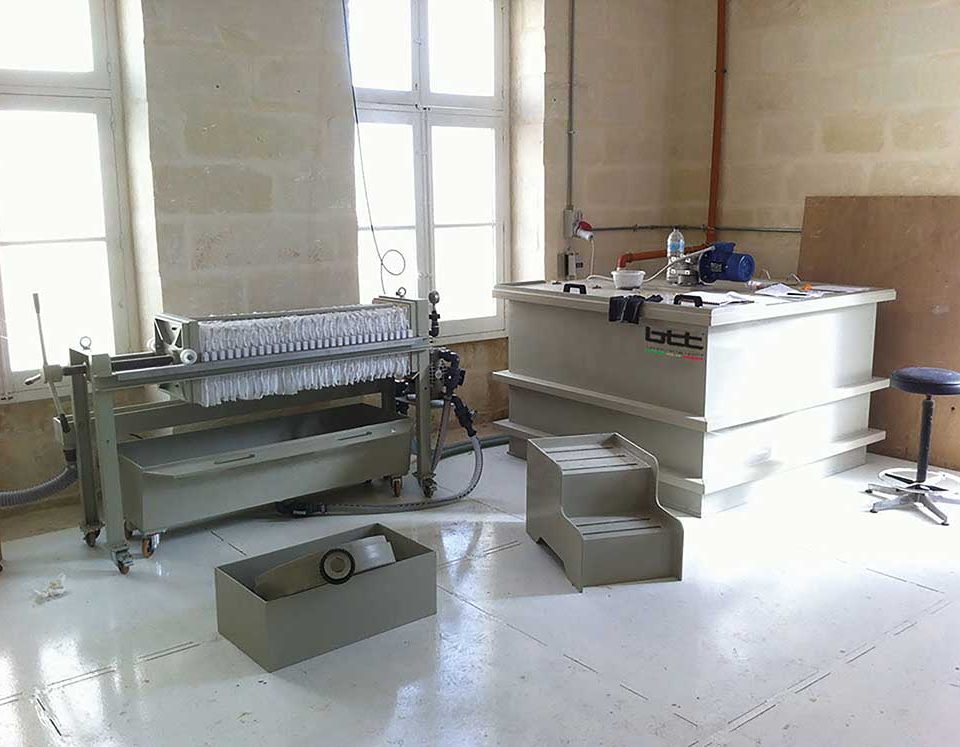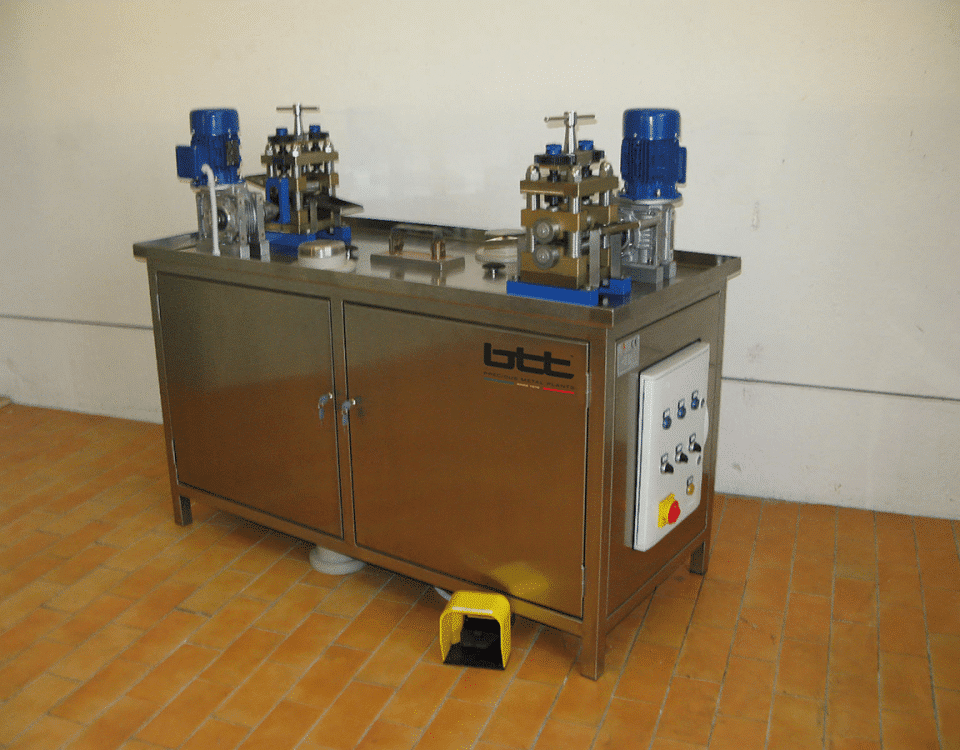Metal smelting furnace: innovation and technology in precious metal processing
In the precious metals processing industry, the metal smelting furnace is an essential element in ensuring the quality and efficiency of production processes. Smelting is a key step in transforming raw materials into valuable alloys, semi-finished or finished products. Thanks to technological advances, today companies can choose from a wide range of furnaces designed to ensure precision, safety and maximum energy efficiency.
How does a metal smelting furnace work?
A metal smelting furnace is designed to bring metal to a temperature above its melting point, making it liquid and ready to be processed. The process takes place in several steps:
- Material loading: gold, silver, platinum or other alloys are placed in the furnace crucible.
- Heating: the furnace gradually increases the temperature until the melting point of the metal is reached.
- Holding and refining: the molten metal is maintained at the desired temperature to allow for any refining processes.
- Casting or further processing: the liquid metal is poured into molds or processed into ingots for subsequent production steps.
Types of metal smelting furnaces
There are several types of furnaces used in the precious metals processing industry. The choice depends on factors such as the type of metal to be melted, the quantity to be processed, and the desired energy efficiency.
1. Induction furnaces
Induction furnaces are among the most advanced and widely used solutions for melting precious metals. They operate through an electromagnetic field that generates heat directly in the metal, ensuring:
- Higher energy efficiency than conventional furnaces.
- Homogeneity in melting, reducing the risk of inclusions or impurities.
- Less heat loss, improving the safety of the working environment.
2. Electric resistance furnaces
Electric resistance furnaces use electrical resistors to generate heat and melt metal. They are particularly suitable for small production runs and offer:
- Precisely adjustable temperature.
- Compact design and ease of use.
- Lower maintenance costs than other systems.
3. Gas or combustion furnaces.
These ovens use natural gas, LPG or other fuels to generate heat. Although they are less efficient than induction furnaces, they are still used for:
- Traditional melting processes, especially on a large scale.
- High melting temperatures, ideal for platinum and other metals with high melting points.
- Low operating costs in some industrial applications.
Advantages of using a metal melting furnace.
The adoption of a modern metal smelting furnace offers many advantages to companies specializing in precious metals processing:
- Greater accuracy in production processes, reducing material waste.
- Energy efficiency, resulting in lower operating costs.
- Flexibility in production, with the ability to process different types of metals and alloys.
- Improved quality of the finished product, due to more controlled casting processes.
Applications of metal melting furnaces in industrial sectors
The use of metal smelting furnace is not limited to the jewelry and goldsmith industry, but has applications in a variety of industries, including:
- Goldsmith and jewelry industry: for the production of jewelry, ingots and precious components.
- Metallurgical industry: for making special alloys for technology and research.
- Automotive and aerospace: for creating high-performance components from precious metals or special alloys.
How to choose the right furnace for your company?
The choice of metal smelting furnace depends on several factors, including:
- Type of metal to be processed: some furnaces are specifically for metals with very high melting points, such as platinum.
- Production capacity required: for large production runs, induction furnaces are often the best solution.
- Energy efficiency and operating costs: assessing the consumption and environmental impact of the furnace is essential for a sustainable business.
- Automation and control: the most modern furnaces have digital systems for monitoring temperature and managing the melting process.
Conclusion
Innovation in the metal smelting industry has led to the development of increasingly efficient, accurate and safe furnaces. Choosing the right metal melting furnace for your needs is critical to optimizing production processes and ensuring high-quality products.
If you are looking for a precious metal melting furnace, rely on a company that specializes in the design and sale of state-of-the-art melting equipment. The right technology can make all the difference in your business, improving production efficiency and the quality of your products.

